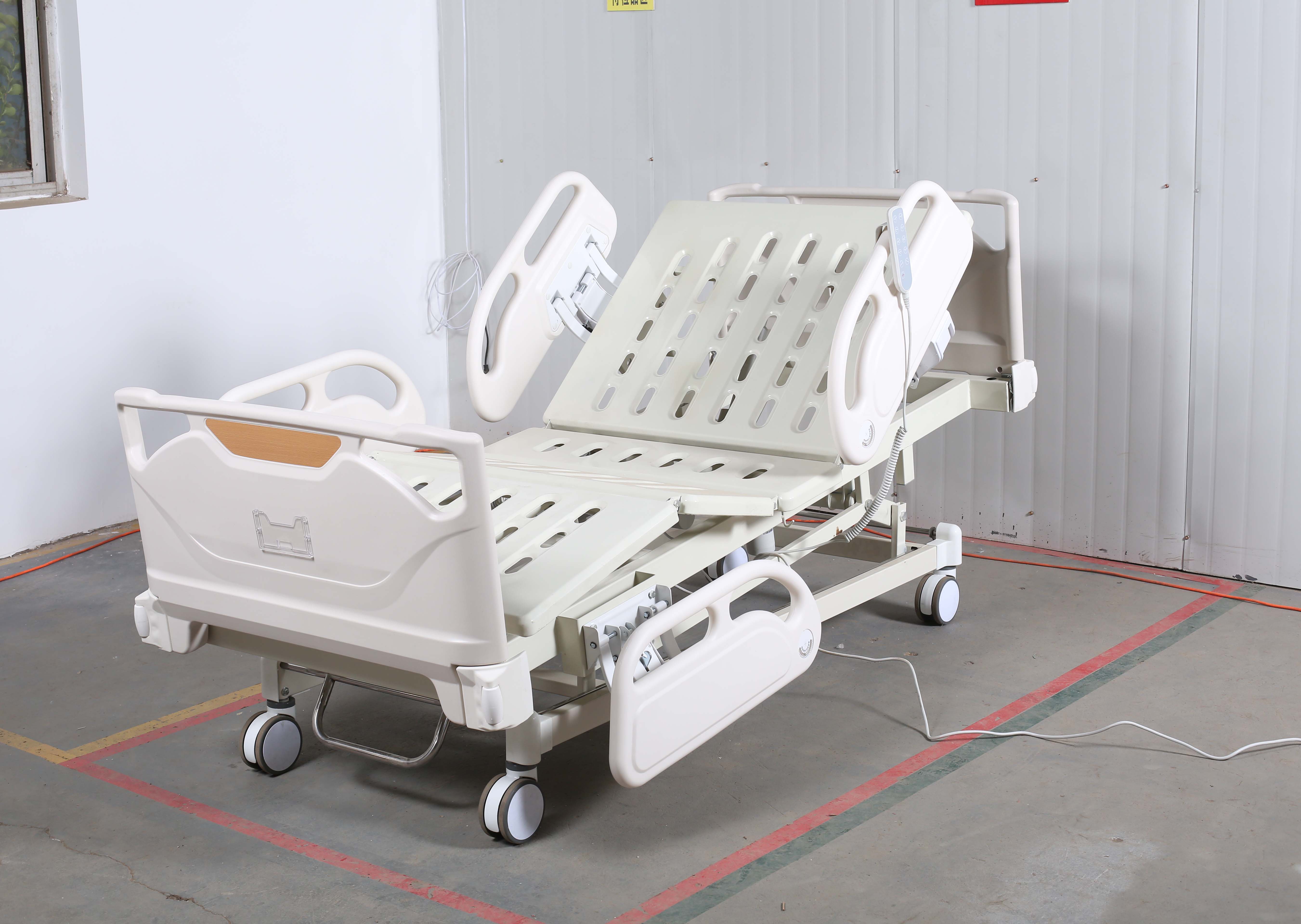Welcome to our websites!
Essential Equipment for Emergency Medical Response Trolley Management and Organization
The Importance of a Medical Emergency Trolley in Healthcare Settings
In any healthcare environment, the immediate response to a medical emergency can significantly influence patient outcomes. One crucial tool that facilitates this response is the medical emergency trolley. Also known as a crash cart, this mobile unit is equipped with essential medical supplies and equipment needed to address a range of urgent situations, from cardiac arrests to severe allergic reactions.
Components of a Medical Emergency Trolley
A well-stocked medical emergency trolley typically contains a variety of items categorized into essential groups. Among the most critical components are
- Cardiac Resuscitation Equipment This includes defibrillators, ambu bags (manual resuscitation bags), and oxygen delivery systems. The presence of an Automated External Defibrillator (AED) is vital for reviving patients experiencing sudden cardiac arrest.
- Medication Emergency medications such as epinephrine for anaphylaxis, atropine for bradycardia, and nitroglycerin for chest pain should be readily available. These drugs are often pre-dosed and organized in lockable compartments for quick access.
- Intravenous (IV) Supplies IV fluids, cannulas, syringes, and needles are essential for rapid fluid resuscitation and medication administration. A well-prepared trolley will also include IV pumps and lines to facilitate these tasks.
- Basic Life Support (BLS) Supplies Items such as gloves, masks, and gauze are crucial for infection control and wound care during emergencies. The ambulance and emergency medical services (EMS) often prioritize the use of personal protective equipment (PPE) to ensure the safety of both responders and patients.
medical emergency trolley

The Role of Medical Emergency Trolleys in Training
In addition to being a vital resource during real emergencies, medical emergency trolleys play a significant role in training healthcare professionals. Simulation exercises using these trolleys help staff practice their emergency response skills, thereby enhancing their confidence and competence in actual crisis situations. Institutions often conduct regular drills, ensuring that team members are familiar with both the equipment and the protocols for using it.
Maintenance and Accessibility
To be effective, medical emergency trolleys require regular maintenance and inventory checks. Healthcare facilities should establish protocols for routinely inspecting the trolley’s contents to ensure that medications are not expired, and that all equipment is functioning correctly. An accessible location for the trolley is equally important; it must be situated where healthcare professionals can quickly reach it in times of need, yet secured enough to prevent tampering.
Customized Trolleys for Different Settings
Different healthcare environments may require customized emergency trolleys. For example, pediatric emergency trolleys are specifically designed with equipment and medications suitable for infants and children. Similarly, trolleys in specialized departments such as surgery or intensive care may contain additional or specific supplies tailored to the unique needs of the patients in those settings.
Conclusion
In conclusion, a medical emergency trolley is an indispensable asset in any healthcare institution. Its presence ensures that essential medical supplies are readily available during critical moments, potentially saving lives. Regular training, maintenance, and proper placement of the trolley are essential to maximize its effectiveness. Healthcare professionals must prioritize not only the readiness of the trolley itself but also their own preparedness to respond effectively to emergencies. In doing so, they can substantially improve patient outcomes and reinforce the overall safety of the healthcare environment.
-
Essential Equipment for Ambulance and Emergency CareNewsApr.17,2025
-
Essential Bedside Cabinets for Healthcare SettingsNewsApr.17,2025
-
Essential Bedside Cabinets for Healthcare FacilitiesNewsApr.17,2025
-
Efficient Transfer Solutions for Healthcare SettingsNewsApr.17,2025
-
Efficient Solutions for Medical Storage and DistributionNewsApr.17,2025
-
Affordable and Versatile Examination BedsNewsApr.17,2025
-
The Essential Guide to Walking Aids for SeniorsNewsApr.07,2025











